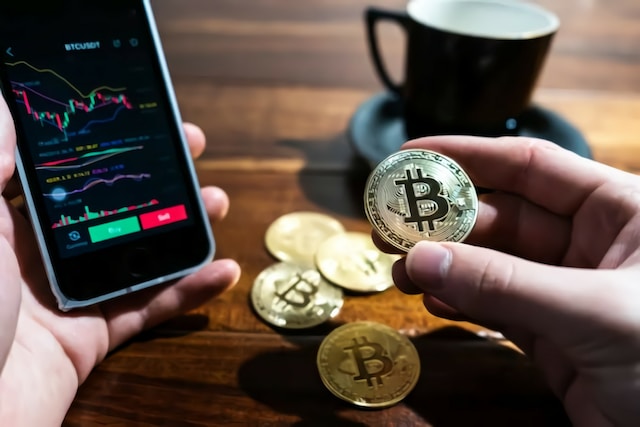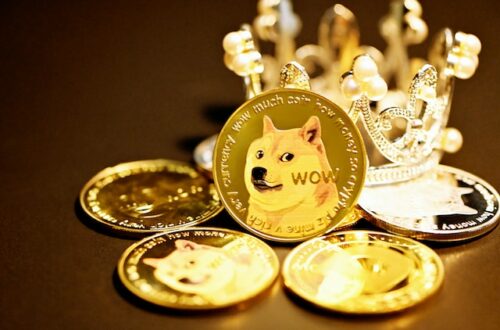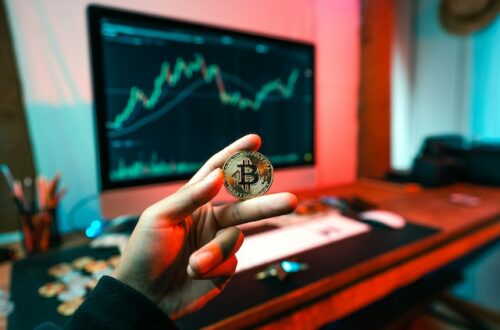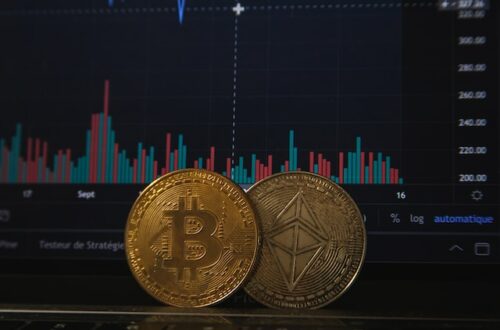The world of physical Bitcoins is certainly intriguing, where the digital age cryptocurrencies meets the tangible allure of precious metal coins.
It poses a lot of questions too though – like are they actually worth anything?
In this guide, we embark on a journey to explore the fascinating concept of physical Bitcoins, their historical significance in the cryptocurrency landscape, and the wealth of opportunities they offer.
These unique artifacts not only bridge the gap between digital and physical assets but also serve as popular collectibles, investments, and even perhaps historical relics eventually.
Join us as we delve into the world of physical Bitcoins and uncover the secrets of these tangible tokens of wealth and technology.
What Are Physical Bitcoins?
The concept of physical Bitcoins is a captivating intersection of the digital currency realm and the tangible world of physical assets.
Physical Bitcoins are physical representations of digital cryptocurrency, primarily Bitcoin. They come in various forms, including coins, bars, or other creative designs, and often incorporate a private key that allows the owner to access the associated digital Bitcoin value. The primary purpose of physical Bitcoins is to bridge the gap between the digital and physical worlds, offering a novel way to hold, store, and display cryptocurrency assets.
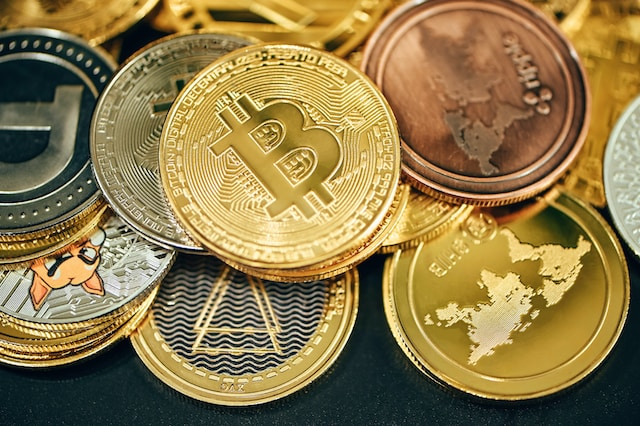
One of the key distinctions between physical Bitcoins and their digital counterparts is their tangible nature. While digital Bitcoins exist purely in the digital realm, physical Bitcoins provide a physical form that can be touched, held, and displayed. This tangible quality can be appealing to individuals who appreciate the tactile aspects of wealth and investments.
Beyond their utility as a means of holding cryptocurrency, physical Bitcoins often possess a collectible aspect. Many are meticulously designed, featuring intricate artwork, limited editions, and unique features that make them highly sought after by collectors. These collectible physical Bitcoins have historical significance and can command substantial value in the collector’s market, making them a unique hybrid of art, technology, and finance.
Also Read: Can Dogecoin Reach $1? Analyzing Its Potential for Investors
A Brief History of Physical Bitcoins
Physical cryptocurrency have a short but interesting, evolving from humble beginnings to becoming sought-after collectibles and unique representations of digital wealth.
The concept of physical Bitcoins was introduced in the early years of Bitcoin’s existence. One of the earliest and most famous examples is the Casascius physical Bitcoin. Created by Mike Caldwell in 2011, Casascius coins were real metal coins with a holographic sticker containing a private key. These coins gained popularity as a way to gift or physically transfer Bitcoin. Over the years, other individuals and entities began producing their versions of physical Bitcoins, each with its unique design and security features.
As the popularity of physical Bitcoins grew, so did the creativity in their design and the emphasis on security. Manufacturers started producing coins with intricate and visually appealing designs, often incorporating advanced anti-counterfeiting measures. These measures included holograms, tamper-evident seals, and even embedded microchips. The evolution in design and security features made physical Bitcoins more intriguing to collectors and investors, while also enhancing their durability and resistance to tampering.
Throughout their history, physical Bitcoins have faced certain challenges and issues. One notable concern is the risk of losing access to the digital Bitcoin associated with a physical coin if the private key is lost or damaged. Additionally, some physical Bitcoin manufacturers faced regulatory challenges, as they could be seen as producing physical forms of currency. These issues led to shifts in the design and production of physical Bitcoins to mitigate potential problems while maintaining their allure as collectibles and investments.
Also Read: Exploring the Pros and Cons: Can You Short Crypto?
The Value of Physical Bitcoins
Physical Bitcoins possess both monetary and collectible value, making them a unique and intriguing asset in the world of cryptocurrency. In this section, we will delve into the monetary value of physical Bitcoins, exploring how their worth is determined, tracking market prices and trends, and examining investment and trading opportunities.
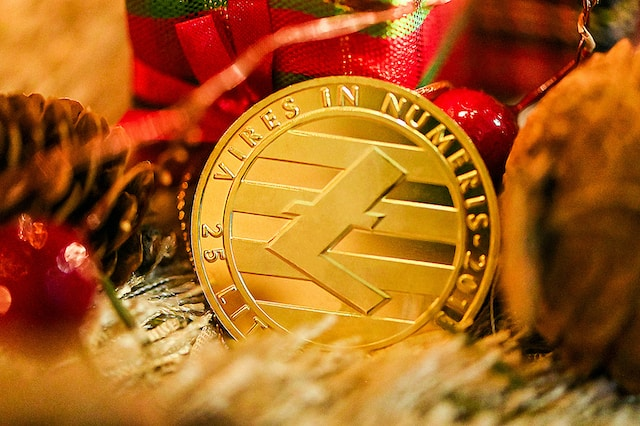
Determining the monetary value of a physical Bitcoin involves assessing several factors:
- Denomination
- Condition
- Rarity
- Historical Significance
Market prices for physical Bitcoins can be highly variable and influenced by supply and demand dynamics. Online marketplaces, auction sites, and specialised forums are where individuals buy and sell physical Bitcoins. These markets often show trends in pricing, with certain designs, denominations, or limited editions gaining or losing value over time. Staying informed about market trends can be vital for those looking to buy, sell, or collect physical Bitcoins.
Physical Bitcoins also offer investment and trading opportunities, especially for those who are interested in the collectible aspect. Some individuals purchase physical Bitcoins with the expectation that their value will appreciate over time, much like traditional collectibles. Others engage in trading, buying and selling these unique assets as they seek to profit from price fluctuations.
Collectible and Historical Value
Physical Bitcoins are not just tokens of digital wealth; they hold significant collectible and historical value, making them prized by enthusiasts and collectors alike.
One of the key factors that contribute to the collectible value of physical Bitcoins is their rarity. Manufacturers produce these coins in limited quantities, and certain designs are even scarcer. Limited edition releases, unique materials, and intricate designs make some physical Bitcoins highly sought after by collectors. The rarity factor adds an element of exclusivity that drives up their value, much like traditional collectibles.
Over the years, several famous physical Bitcoin auctions have garnered significant attention. These auctions not only showcase the desirability of physical Bitcoins as collectibles but also highlight the values they can command. Notable examples include auctions of early Casascius coins, coins with unique features, and those with historical significance. The prices achieved at these auctions reflect the growing interest in the intersection of technology and collectability.
Many passionate collectors have made physical Bitcoins a centrepiece of their collections. Some of these collectors have fascinating stories to tell, and their experiences shed light on the allure of these unique artefacts. Stories of notable collectors often revolve around the hunt for rare and limited edition coins, as well as the preservation and appreciation of these tangible representations of digital wealth. These collectors play a significant role in driving the market for physical Bitcoins and contributing to their historical legacy.
Also Read: Is Crypto Mining Dead? Unveiling The Current State Of Cryptocurrency Mining
Owning and Storing Physical Bitcoins
Owning and storing physical Bitcoins requires careful consideration and attention to security measures to safeguard these unique and valuable assets.
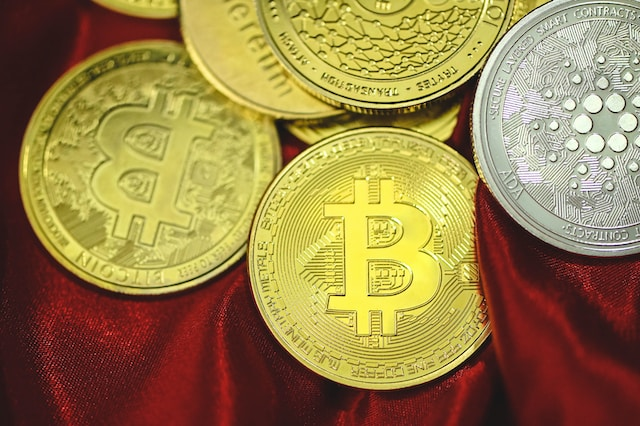
The ownership of a physical Bitcoin is intricately linked to the private key embedded within or associated with the coin. It’s essential to ensure the security of this private key, as it provides access to the digital Bitcoin associated with the physical coin. Users should adopt stringent security practices, such as storing the private key in a secure location, using encryption, and avoiding sharing this sensitive information to prevent unauthorised access.
Paper wallets are a popular means of storing and securing the private key of a physical Bitcoin. These wallets consist of a printed representation of the private key and a public address. To enhance security, many physical Bitcoins incorporate holographic seals or tamper-evident features on the paper wallet to provide visual cues that the private key remains uncompromised. Users should verify the authenticity of these holograms and seals to ensure the coin’s security.
To access the digital Bitcoin associated with a physical coin, users need to redeem the private key. This redemption process involves transferring the Bitcoin to a digital wallet. Owners should be familiar with the redemption procedure, which typically requires scanning or entering the private key into a digital wallet client. It’s essential to use a reputable wallet and follow the recommended steps to complete the redemption securely.
Also Read: Is 300 Mbps Good For Gaming? Evaluating Internet Speed For Gamers
Storage and Safekeeping
The storage and safekeeping of physical Bitcoins are critical to preserving their monetary and collectible value as they are different from virtual currency.
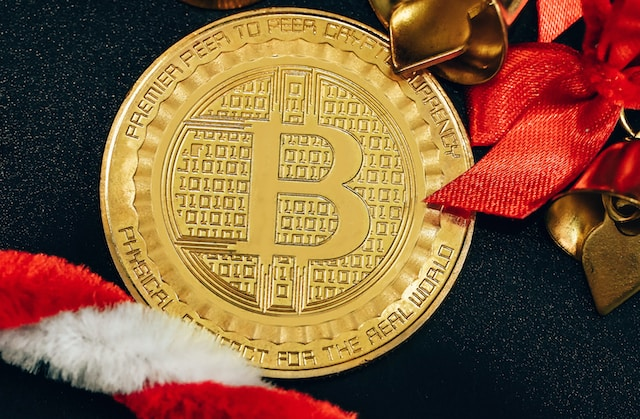
Protecting the physical condition of a physical Bitcoin is essential for maintaining its value and appeal to collectors. Proper display and packaging help prevent wear and damage. Users often employ a range of protective measures, such as acrylic coin capsules, coin flips, or custom display cases. High-quality packaging not only safeguards the coin but also enhances its aesthetic appeal, making it more attractive to collectors.
For users who prioritise maximum security, vault storage and safe deposit boxes offer a highly secure option for safeguarding physical Bitcoins. Vaults are equipped with advanced security measures, including surveillance, access control, and environmental controls to prevent damage from elements like humidity. Safe deposit boxes provide a secure and easily accessible location for storing physical Bitcoins and their associated private keys. Utilising these services minimises the risk of theft, damage, or loss.
Preserving the condition and value of physical Bitcoins over the long term requires careful planning. Proper storage, protection from environmental factors, and regular inspections to ensure the integrity of holographic seals and tamper-evident features are essential. Over time, periodic maintenance, such as resealing holograms or transferring private keys to new secure storage solutions, may be necessary to ensure the coins remain in optimal condition.
Also Read: Discover The 5 Best Free AI Software Tools Available Today
Should You Buy Physical Bitcoin?
The world of physical Bitcoins offers a unique and captivating intersection of cryptocurrency and tangible collectability – but only you can decide whether you want to engage with it or not.
These coins hold both monetary and historical value, with factors like rarity and intricate design contributing to their appeal, so it’s understandable why so many people are interested in them and have spent good money on them.
As you explore this niche, it’s essential to understand the concept of physical Bitcoins before you part with any money though, how to determine their value, and the importance of secure ownership and storage practices.
Whether you’re a collector, investor, or simply intrigued by this fascinating amalgamation of technology and tradition, delving into the world of physical Bitcoins promises an exciting journey in the ever-evolving realm of cryptocurrency.
